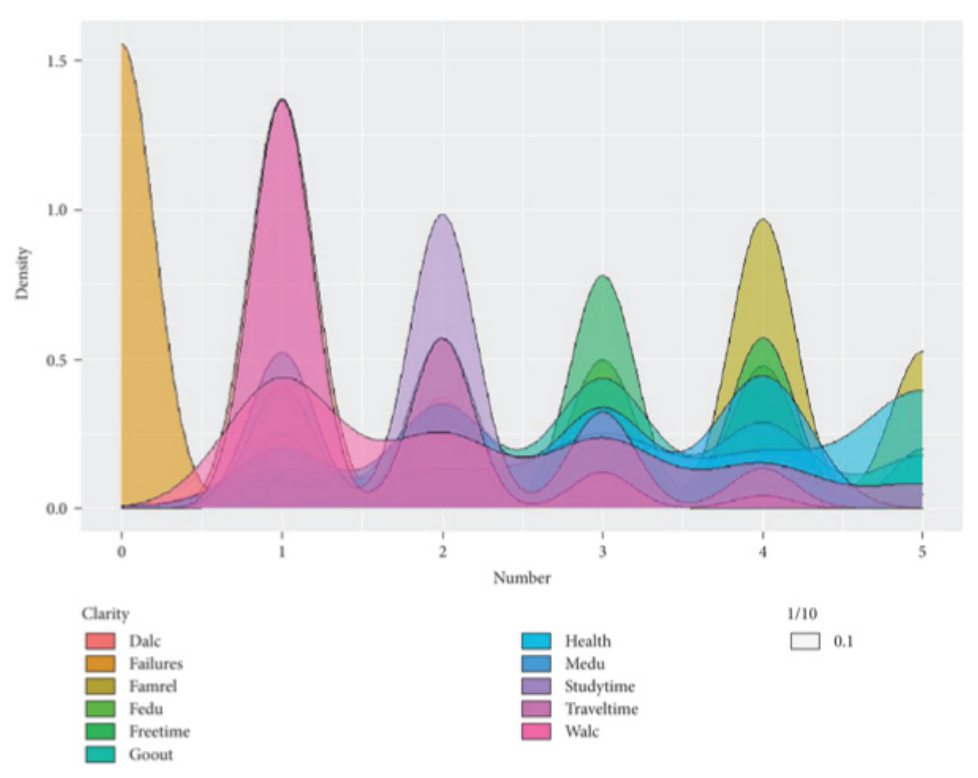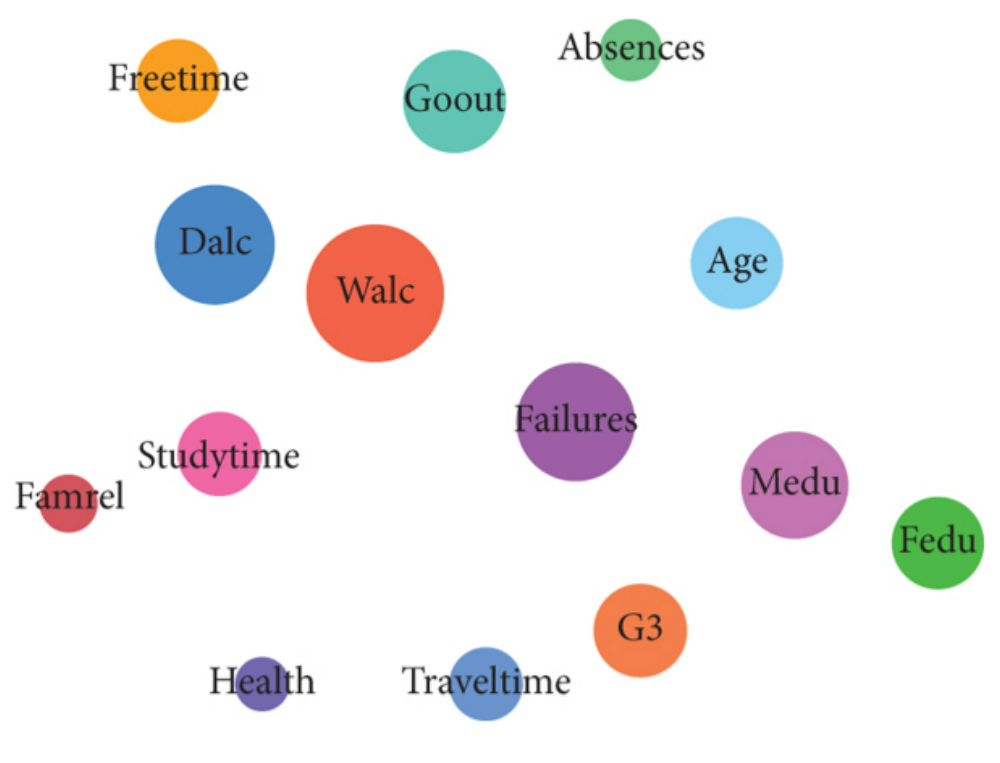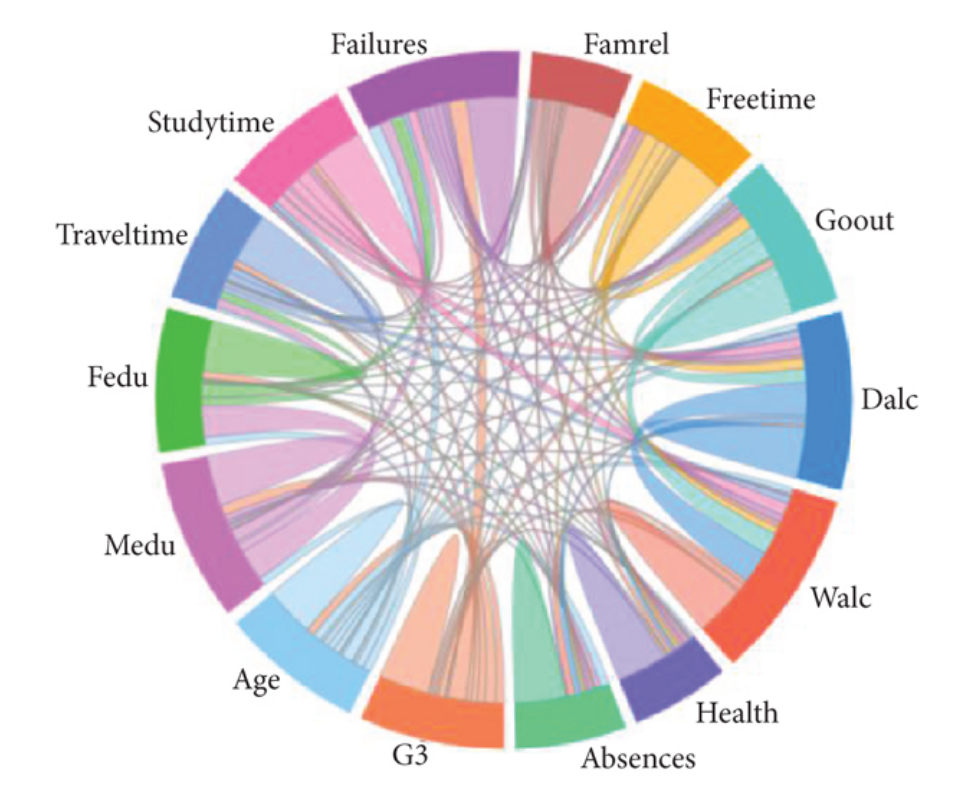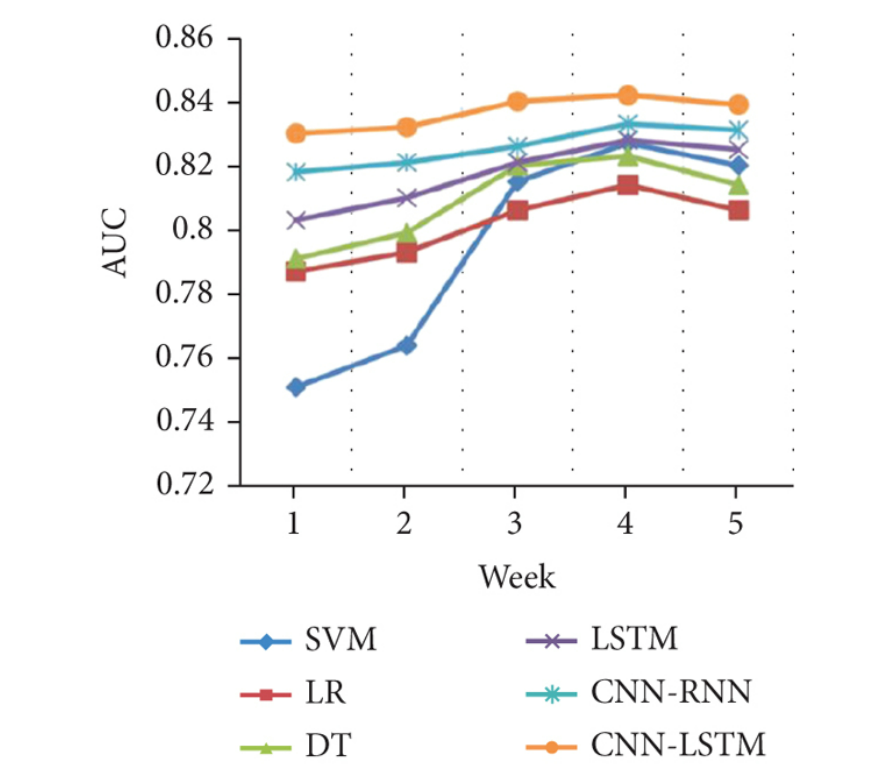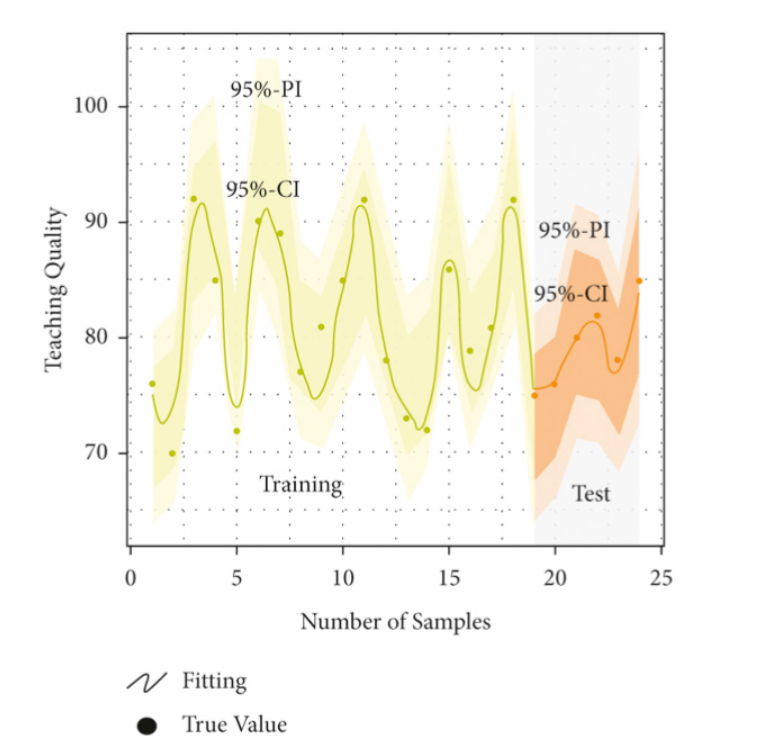 An open access journal
An open access journal
Leveraging Artificial Intelligence for English Reading: Taking ChatGPT as an Example
Abstract
Artificial Intelligence has wide-ranging potential in the field of education. This research primarily focuses on the applications of ChatGPT as an example in reading learning and teaching. Its affordances are reflected in providing online answers and interactions for learners, understanding the meanings of words, stimulating cognitive associations with words, analysing word families, exploring word origins, aiding in grammar and syntax analysis, and performing simple sentence translations. Artificial intelligence can assist teachers in adjusting the content of reading materials, creating personalised reading materials, and designing comprehension tests. However, Artificial Intelligence should also be regulated to avoid potential challenges of inaccuracy in specific areas, interpreting culturally loaded information, and increasing students’ learning over-reliance on AI.
Share and Cite
Article Metrics
References
- Afzaal, M., Zia, A., Nouri, J., & Fors, U. (2024). Informative Feedback and Explainable AI-Based Recommendations to Support Students’ Self-regulation. Technology, Knowledge and Learning, 29(1), 331–354. https://doi.org/10.1007/s10758-023-09650-0
- Agustini, N. P. O. (2023). Examining the Role of ChatGPT as a Learning tool in Promoting Students’ English Language Learning Autonomy relevant to Kurikulum Merdeka Belajar. 4.
- Alexander, P. A., Reading, T. D., & Laboratory, L. R. (2012). Reading into the future: Competence for the 21st century. Educational Psychologist, 47(4), 259–280. https://doi.org/10.1080/00461520.2012.722511
- Alqahtani, T., Badreldin, H. A., Alrashed, M., Alshaya, A. I., Alghamdi, S. S., bin Saleh, K., Alowais, S. A., Alshaya, O. A., Rahman, I., Al Yami, M. S., & Albekairy, A. M. (2023). The emergent role of artificial intelligence, natural learning processing, and large language models in higher education and research. Research in Social and Administrative Pharmacy, 19(8), 1236–1242. https://doi.org/10.1016/j.sapharm.2023.05.016
- Amiama-Espaillat, C., & Mayor-Ruiz, C. (2017). Digital Reading and Reading Competence–The influence in the Z Generation from the Dominican Republic. Comunicar. Media Education Research Journal, 25(2), p105-113. https://doi.org/DOI: 10.3916/C52-2017-10
- An X., Shen X., Zhou Y., Bai J., & Li Y. (2023). The Development of the Integration of Artificial Intelligence and Teaching from the Perspective of English Teachers: Opportunities, Challenges, and Enhancement Paths. Modern Educational Technology, 33(2), 71–79.
- Baskara, F. R., & Mukarto, F. (2023). Exploring the Implications of ChatGPT for Language Learning in Higher Education.
- Blue, J. (2022, April 14). Developing learner autonomy in digital learning contexts. World of Better Learning | Cambridge University Press. https://www.cambridge.org/elt/blog/2022/04/14/developing-learner-autonomy-digital-learning-contexts/
- Brown, T., Mann, B., Ryder, N., Subbiah, M., Kaplan, J. D., Dhariwal, P., Neelakantan, A., Shyam, P., Sastry, G., & Askell, A. (2020). Language models are few-shot learners. Advances in Neural Information Processing Systems, 33, 1877–1901.
- Cao, H. (2020). A study on the practice of cultivating English Reading Ability of Business English Students Based on the Flipped Classroom Model. Journal of Heilongjiang Institute of Teacher Development, 39(12), 132–134.
- Choi, J., Park, J., Grassucci, E., & Comminiello, D. (2024). Semantic Communication Challenges: Understanding Dos and Avoiding Don’ts (arXiv:2403.15649). arXiv. http://arxiv.org/abs/2403.15649
- Chun, J., & Elkins, K. (2024). Informed AI Regulation: Comparing the Ethical Frameworks of Leading LLM Chatbots Using an Ethics-Based Audit to Assess Moral Reasoning and Normative Values (arXiv:2402.01651). arXiv. http://arxiv.org/abs/2402.01651
- Cumming, A. (2015). Design in four diagnostic language assessments. Language Testing, 32(3), 407–416. https://doi.org/10.1177/0265532214559115
- Fitria, T. N. (2021). Grammarly as AI-powered English writing assistant: Students’ alternative for writing English. Metathesis: Journal of English Language, Literature, and Teaching, 5(1), 65–78. https://doi.org/10.31002/metathesis.v5i1.3519
- GPT-3. (2024). In Wikipedia. https://en.wikipedia.org/w/index.php?title=GPT-3&oldid=1226113577
- Habib, S., Vogel, T., Anli, X., & Thorne, E. (2024). How does generative artificial intelligence impact student creativity? Journal of Creativity, 34(1), 100072. https://doi.org/10.1016/j.yjoc.2023.100072
- Hauer, T. (2022). Importance and limitations of AI ethics in contemporary society. Humanities and Social Sciences Communications, 9(1), 1–8. https://doi.org/10.1057/s41599-022-01300-7
- Hu, J., & Wu, P. (2020). Understanding English language learning in tertiary English-medium instruction contexts in China. System, 93, 102305. https://doi.org/10.1016/j.system.2020.102305
- Huertas-Abril, C. A., & Palacios-Hidalgo, F. J. (2023). New Possibilities of Artificial Intelligence-Assisted Language Learning (AIALL): Comparing Visions from the East and the West. Education Sciences, 13(12), Article 12. https://doi.org/10.3390/educsci13121234
- Humble, N., & Mozelius, P. (2022). The threat, hype, and promise of artificial intelligence in education. Discover Artificial Intelligence, 2(1), 22. https://doi.org/10.1007/s44163-022-00039-z
- Ifenthaler, D., Majumdar, R., Gorissen, P., Judge, M., Mishra, S., Raffaghelli, J., & Shimada, A. (2024). Artificial Intelligence in Education: Implications for Policymakers, Researchers, and Practitioners. Technology, Knowledge and Learning. https://doi.org/10.1007/s10758-024-09747-0
- Jin, S.-H., Im, K., Yoo, M., Roll, I., & Seo, K. (2023). Supporting students’ self-regulated learning in online learning using artificial intelligence applications. International Journal of Educational Technology in Higher Education, 20(1), 37. https://doi.org/10.1186/s41239-023-00406-5
- Karakaş, A. (2023). Breaking Down Barriers With Artificial Intelligence (AI): Cross-Cultural Communication in Foreign Language Education (pp. 215–233). https://doi.org/10.4018/978-1-6684-9893-4.ch012
- Karan, B., & Angadi, G. R. (2023). Potential Risks of Artificial Intelligence Integration into School Education: A Systematic Review. Bulletin of Science, Technology & Society, 43(3–4), 67–85. https://doi.org/10.1177/02704676231224705
- Kauffman, M. E., & Soares, M. N. (2020). AI in legal services: New trends in AI-enabled legal services. Service Oriented Computing and Applications, 14(4), 223–226. https://doi.org/10.1007/s11761-020-00305-x
- Lee, H.-Y., Chen, P.-H., Wang, W.-S., Huang, Y.-M., & Wu, T.-T. (2024). Empowering ChatGPT with guidance mechanism in blended learning: Effect of self-regulated learning, higher-order thinking skills, and knowledge construction. International Journal of Educational Technology in Higher Education, 21(1), 16. https://doi.org/10.1186/s41239-024-00447-4
- Li, H. (2018). Deep learning for natural language processing: Advantages and challenges. National Science Review, 5(1), 24–26. https://doi.org/10.1093/nsr/nwx110
- Marrone, R., Taddeo, V., & Hill, G. (2022). Creativity and Artificial Intelligence—A Student Perspective. Journal of Intelligence, 10(3), Article 3. https://doi.org/10.3390/jintelligence10030065
- Mohamed, Y. A., Khanan, A., Bashir, M., Mohamed, A. H. H. M., Adiel, M. A. E., & Elsadig, M. A. (2024). The Impact of Artificial Intelligence on Language Translation: A Review. IEEE Access, 12, 25553–25579. https://doi.org/10.1109/ACCESS.2024.3366802
- Patty, J. (2024). The Use of AI In Language Learning: What You Need to Know. Jurnal Review Pendidikan Dan Pengajaran (JRPP), 7(1), 642–654.
- Rajpurkar, P., Chen, E., Banerjee, O., & Topol, E. J. (2022). AI in health and medicine. Nature Medicine, 28(1), 31–38. https://doi.org/10.1038/s41591-021-01614-0
- Son, J.-B., Ružić, N. K., & Philpott, A. (2023). Artificial intelligence technologies and applications for language learning and teaching. Journal of China Computer-Assisted Language Learning. https://doi.org/10.1515/jccall-2023-0015
- Stojanov, A. (2023). Learning with ChatGPT 3.5 as a more knowledgeable other: An autoethnographic study. International Journal of Educational Technology in Higher Education, 20(1), 35. https://doi.org/10.1186/s41239-023-00404-7
- Woo, J. H., & Choi, H. (2021). Systematic Review for AI-based Language Learning Tools. Journal of Digital Contents Society, 22(11), 1783–1792. https://doi.org/10.9728/dcs.2021.22.11.1783
- Xia, J., Liu, H., & Liu, W. (2022). AI-Based IWrite Assisted English Writing Teaching. In J. Macintyre, J. Zhao, & X. Ma (Eds.), The 2021 International Conference on Machine Learning and Big Data Analytics for IoT Security and Privacy (Vol. 98, pp. 158–165). Springer International Publishing. https://doi.org/10.1007/978-3-030-89511-2_19
- Xia, L., Sun, Y., Liang, C., Zhang, L., Imran, M. A., & Niyato, D. (2023). Generative AI for semantic communication: Architecture, challenges, and outlook. arXiv Preprint arXiv:2308.15483. https://arxiv.org/abs/2308.15483
- Yang, W., Wei, Y., Wei, H., Chen, Y., Huang, G., Li, X., Li, R., Yao, N., Wang, X., Gu, X., Amin, M. B., & Kang, B. (2023). Survey on Explainable AI: From Approaches, Limitations and Applications Aspects. Human-Centric Intelligent Systems, 3(3), 161–188. https://doi.org/10.1007/s44230-023-00038-y
- Yang, X. (2017). Balance of content and language in English-medium instruction classrooms. English-Medium Instruction in Chinese Universities: Perspectives, Discourse and Evaluation, 23–44. https://doi.org/10.4324/9781315618623-2
- Youdao &Chinadaily. (2019). Report on English Learning of Contemporary Chinese. https://www.sohu.com/a/www.sohu.com/a/311304810_99902183
- Zhang, J., & Yang, Q. (2019, January 14). Psycholinguistics flourishes in China in 2018. Social Sciences in China Press. http://sscp.cssn.cn/xkpd/xlx/201901/t20190114_4810296.html
- Zhao, X. (2023). Leveraging Artificial Intelligence (AI) Technology for English Writing: Introducing Wordtune as a Digital Writing Assistant for EFL Writers. RELC Journal, 54(3), 890–894. https://doi.org/10.1177/00336882221094089

